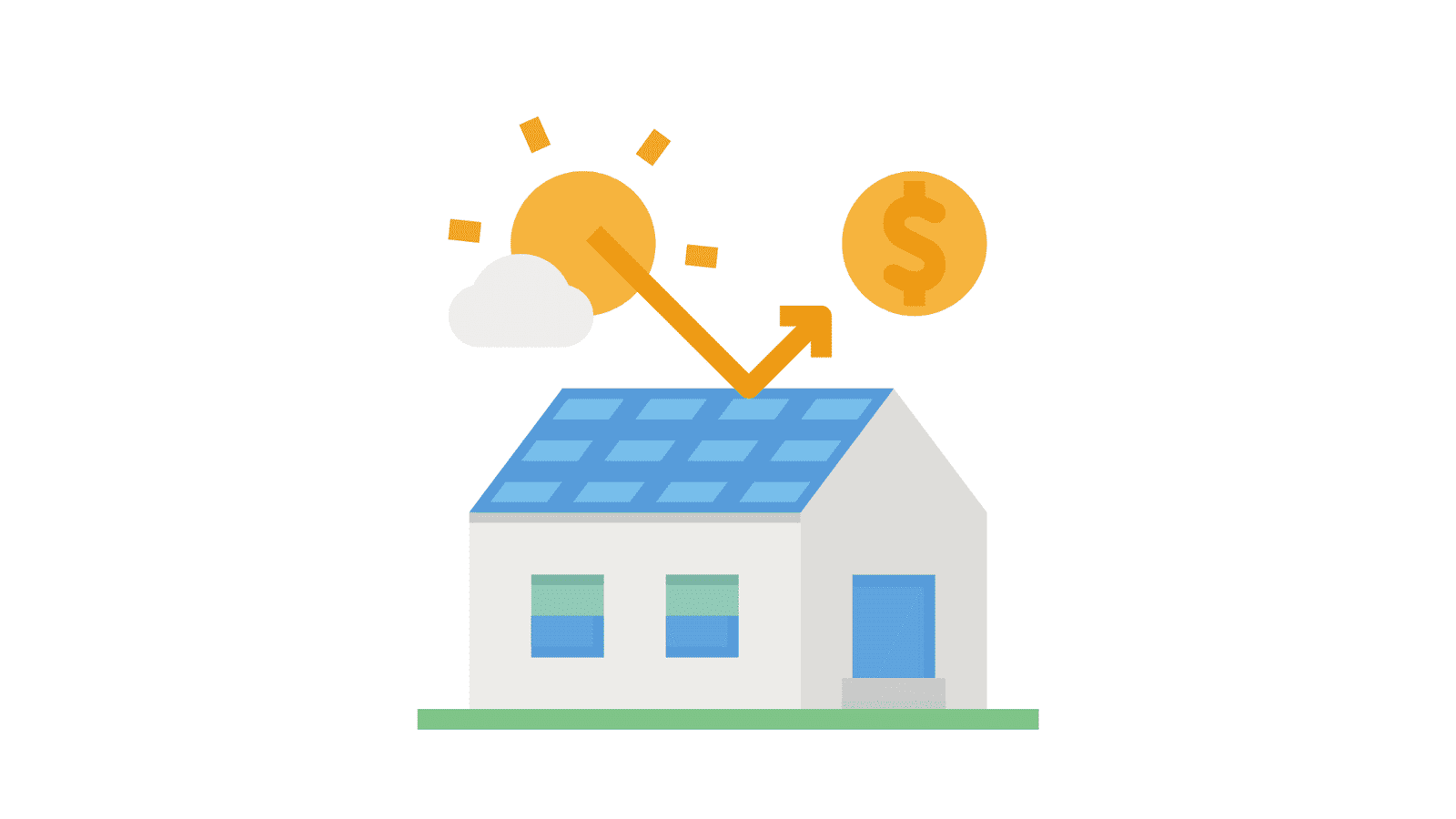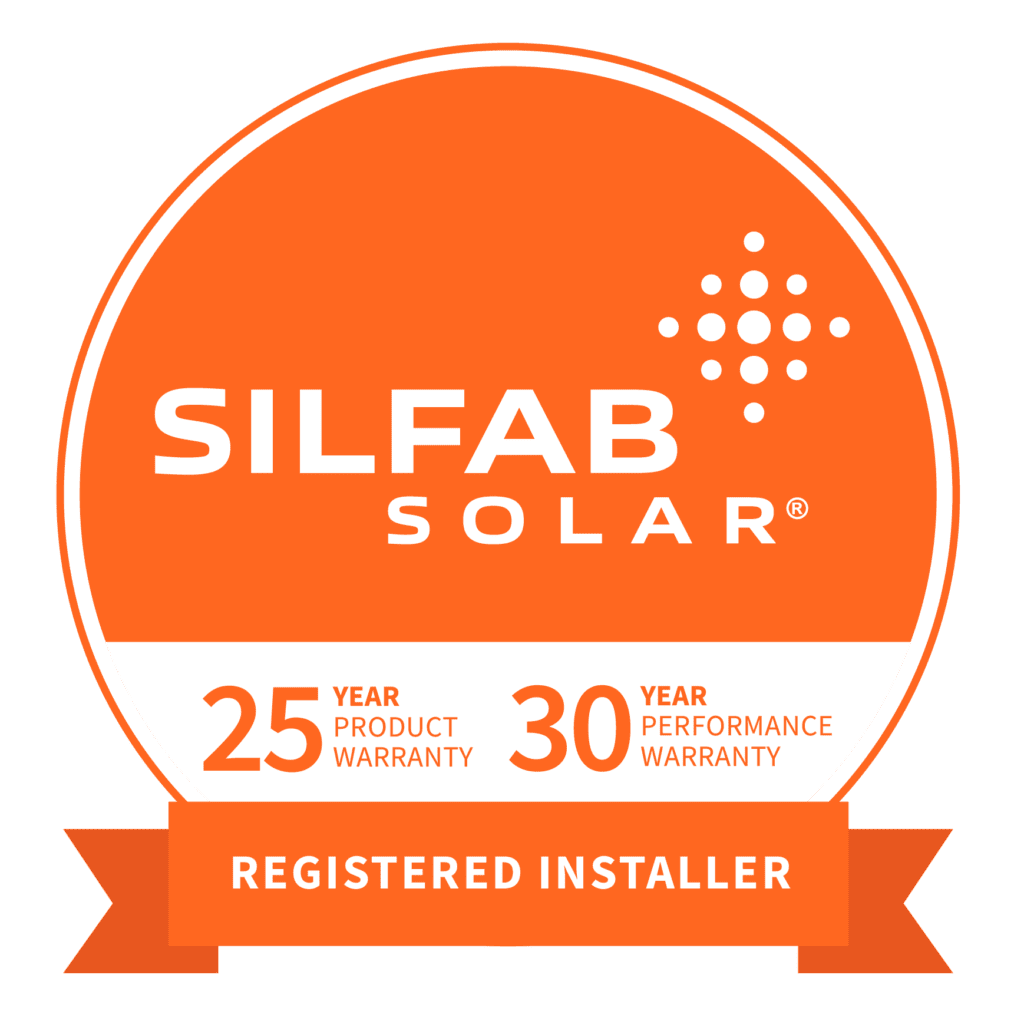Solar FAQs
Navigate the solar landscape confidently, armed with insights that empower you to embrace a cleaner, more sustainable future.

Understanding Solar Energy Basics
Solar panels work by harnessing the sun’s energy through photovoltaic cells. These cells, typically made of silicon, absorb sunlight, releasing electrons that create an electric current. An inverter then converts this direct current (DC) into usable alternating current (AC) electricity. This clean, renewable energy can power homes, businesses, and more, reducing reliance on traditional fossil fuels and lowering environmental impact.
Solar panels have a lifespan of about 25 to 30 years on average. Factors influencing longevity include the quality of materials, manufacturing, and maintenance. Notably, most panels come with a performance warranty of 25 years, guaranteeing their efficiency only until this time. While degradation occurs over time (around 0.5% to 1% annually), modern panels are designed for durability, ensuring reliable energy production throughout their lifespan.
On average, residential installations can range from $10,000 to $30,000 before incentives. Price per watt is a common metric, with costs falling between $2 to $3.50. However, these figures are not defined. Solar panel costs vary based on system size, brand, location, and installation. Plus, government incentives, tax credits, and decreasing technology costs can significantly offset initial expenses depending on where you live.
Yes, solar power can save you money over time. While the initial installation costs are a consideration, solar systems generate electricity that can significantly reduce or eliminate your monthly utility bills. You can recoup the installation costs in a few years with proper planning and incentives. Over the system’s lifespan, the savings can amount to thousands of dollars, making solar a financially viable choice.
The time for solar energy to pay for itself, known as the “payback period,” is typically around 5 to 15 years. It can be sooner or longer depending on installation costs, energy consumption, incentives, and local sunlight conditions. With decreasing panel costs and rising electricity prices, many systems achieve payback on the shorter end of this range. Afterwards, you can enjoy years of essentially free electricity and savings.

Myths And Misinformation Surrounding Solar Power
Solar power’s cost has significantly decreased over the years due to technological advancements and increased adoption. While upfront installation costs exist, they are often offset by long-term savings on electricity bills. Government incentives, tax credits, and financing options further make solar an increasingly affordable and financially viable option.
Solar panels can still produce energy in cold and snowy conditions. They rely on sunlight, not heat, to generate electricity. While energy production might be slightly lower during winter months, panels can still contribute significantly to your energy needs. Besides, improvements like anti-reflective coatings help panels work more efficiently by absorbing sunlight, even on overcast days.
On average, residential installations can range from $10,000 to $30,000 before incentives. Price per watt is a common metric, with costs falling between $2 to $3.50. However, these figures are not defined. Solar panel costs vary based on system size, brand, location, and installation. Plus, government incentives, tax credits, and decreasing technology costs can significantly offset initial expenses depending on where you live.
Unused energy doesn’t go to waste. Many solar systems are connected to the grid, allowing excess energy to be fed back into it. This is often credited to you as “net metering,” reducing your utility bill. In some cases, you can also use battery storage systems to store excess energy for later use, ensuring efficient utilization of the energy you generate.
When properly installed, solar panels can protect and extend the life of your roof by providing an additional layer of insulation. As your professional installer, we will use mounting systems that don’t compromise the integrity of your roof. Routine inspections during and after installation ensure your roof remains structurally sound and leak-free.

Solar + More
Solar panels alone are grid-tied and shut off during power outages for safety reasons. Adding a battery storage system allows you to store excess energy generated during the day for use when the grid is down. This setup ensures a continuous power supply, enhancing your energy independence and providing electricity during blackouts.
A larger battery can provide power for a longer duration. Considering your energy needs, a well-designed system can sustain your property during power outages ranging from a few hours to multiple days. Still, the backup duration depends on your battery’s capacity and the energy consumption of your property.
Go Solar Today!
Discover how solar panel installation from Ethical Energy could potentially reduce your energy bills!


